It’s time to wake up!
Did you know that how you eat impacts your brain’s ability to function? That’s right, food doesn’t just fuel your body, you need certain nutrients to stay mentally focused and alert too. So if you’ve been feeling extra drowsy lately, taking lunch-time naps or throwing back an extra cup of coffee just to stay awake, it’s time to stop blaming it all on the weather or your possible lack of sleep. Instead, focus on your eating habits and increase your fuels efficiency with these 8 energizing foods:
Avocado

At Freeletics, we love avocado. Aside from being delicious and versatile – a key ingredient in many Freeletics Nutrition recipes, from avocado chocolate pudding to an easy avocado ceviche – avocado is also extremely energizing. It may be loaded with calories but it’s high healthy fat content, including omega 3 and omega 6 fatty acids, fights bad cholesterol, increases blood flow to the brain and helps the body absorb other nutrients. As well as this, avocado provides more protein than most fruits. Since we need carbs, fat and protein for sustained energy, it is this combination of nutrients that makes avocado an energy bomb**.**
Apples
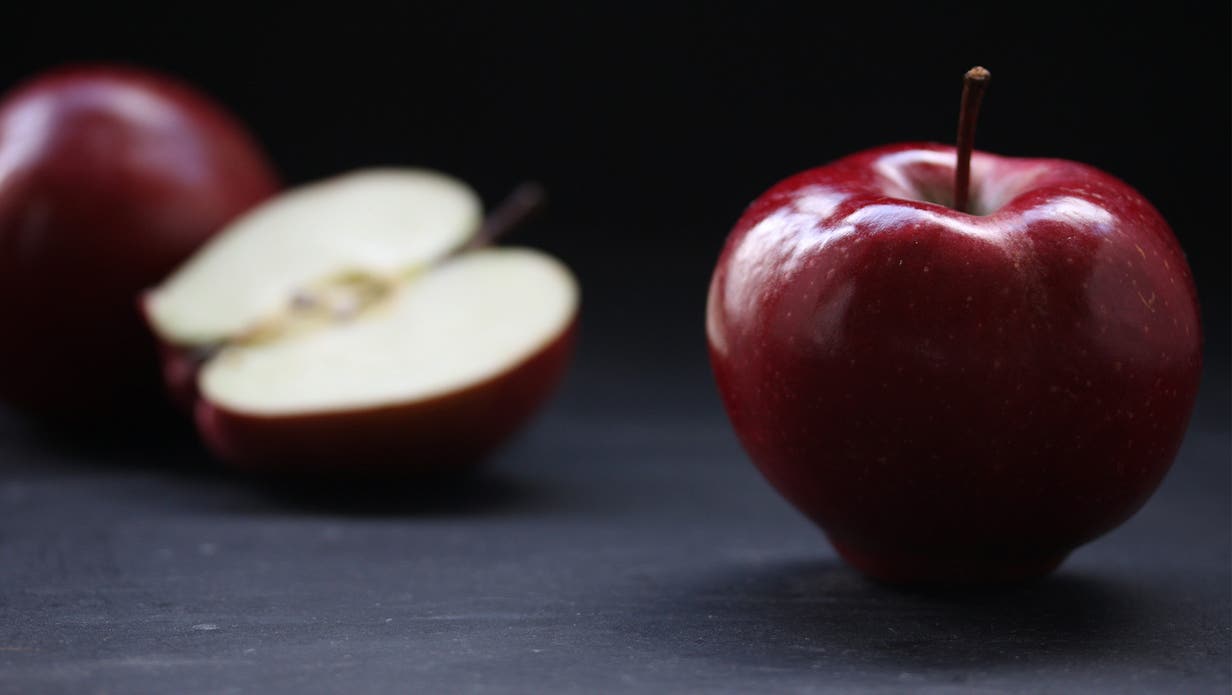
Ever heard the rumour that eating an apple in the morning wakes you up more than a cup of coffee? Whether or not this rumour is true, we can’t deny that apples are an awesomely energizing snack. What could make them that little bit more effective than your usual flat white is that these guys provide your body with calories – the main source of energy that powers your body and brain. Apples are also rich in fructose, the predominant sugar found in fruit. Since fructose is the body’s preferred source of energy, although eating an apple in the morning might not give you that crazy kick you’re used to getting from a cup of coffee, it will provide a steady supply of energy to your brain and body for longer, as well as curb any hunger cravings you might experience later on.
Sprouted grains
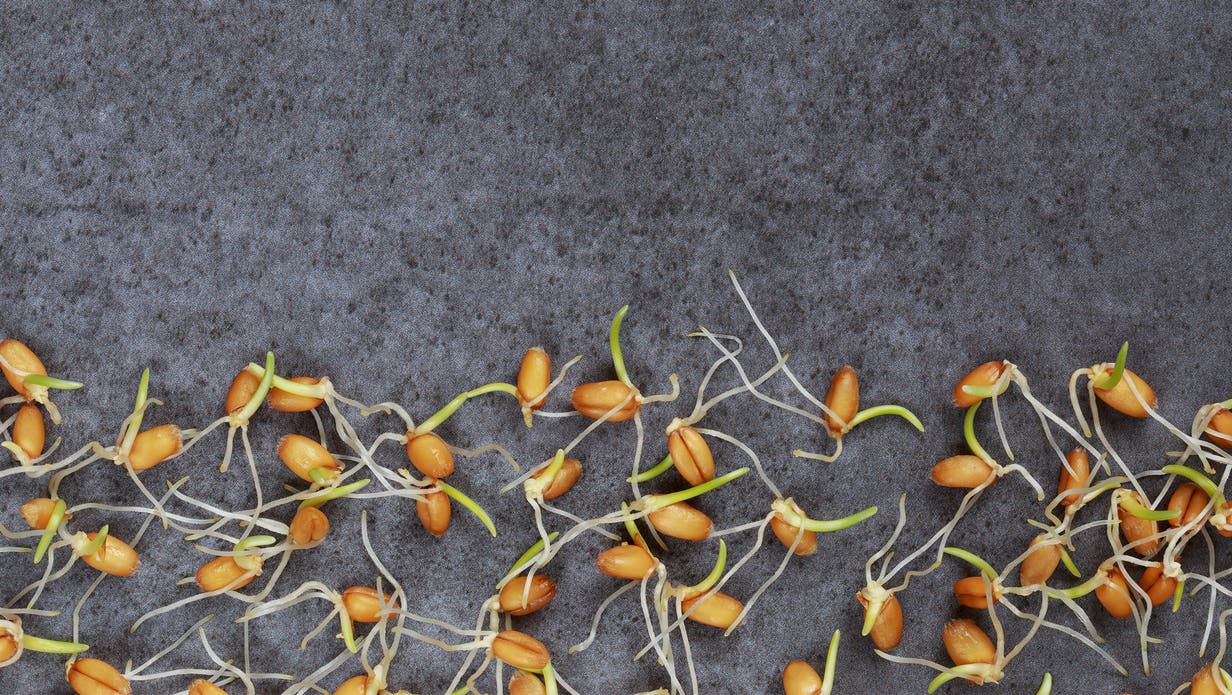
Sprouted what? Never heard of it? Then let’s start with something you do know: whole grains. Unlike simple sugars, whole grains – eg. brown rice, oats, buckwheat etc. – are a form of carbohydrates that your body breaks down slowly and converts into energy, thereby providing a steady source of energy rather than a peak followed by a crash which leaves you feeling sleepy and tired. Yes, whole grains are awesome, but research now also suggests that sprouted grains are even better. Sprouted grains are whole grains that have been soaked and left to germinate. The process – a little too scientific to explain here without going into too much detail – is said to make it easier for your body to absorb the nutrients it wants and needs, therefore making B vitamins, vitamin C and folate more readily available to the body.
Macadamia nuts
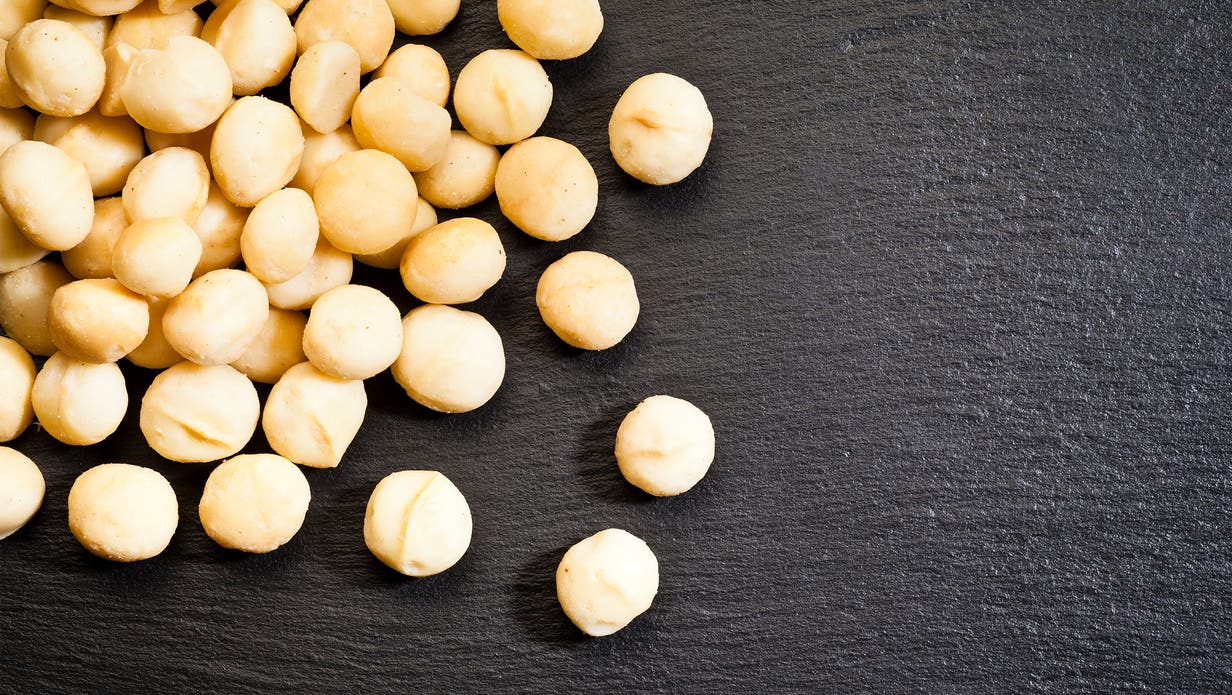
Macadamia nuts – and most nuts and seeds for that matter – are some of the best snacks to beat fatigue and fight hunger. At 160 to 200 calories per small handful, macadamia nuts are a concentrated source of energy, containing all major macronutrients such as protein, carbohydrates, good fats etc. Just remember: although nuts are good for you, they are also a calorie bomb, therefore should be eaten in moderation. All you need is a handful to feel the energizing effects.
Blueberries
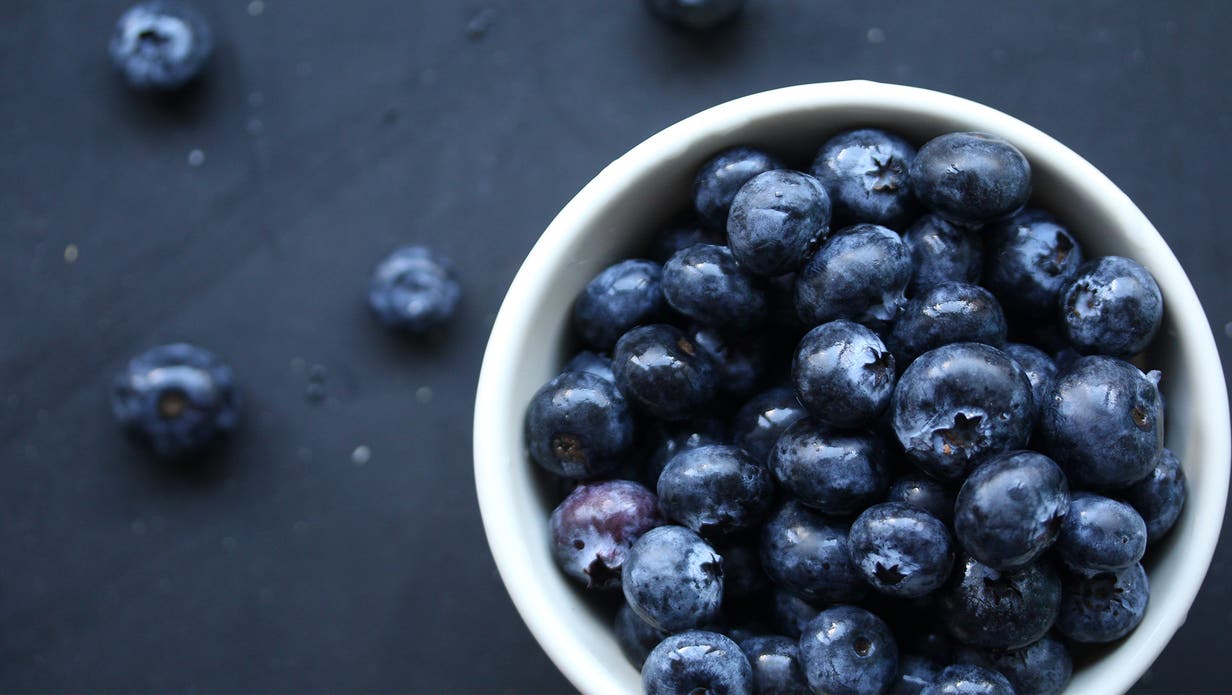
As if we didn’t need another reason to eat more blueberries, turns out these guys don’t just taste great, but they’re also super energizing and can even boost your brain function! That’s right, blueberries are a great source of manganese, a chemical element often found in minerals in combination with iron, which plays an important role in assisting certain metabolic activities in the body – one of which is converting carbohydrates and fats into energy. Studies on both rats and older people also showed indications that blueberries can also prevent memory loss and cognitive decline. Stay awake, stay alert – eat blueberries!
Matcha
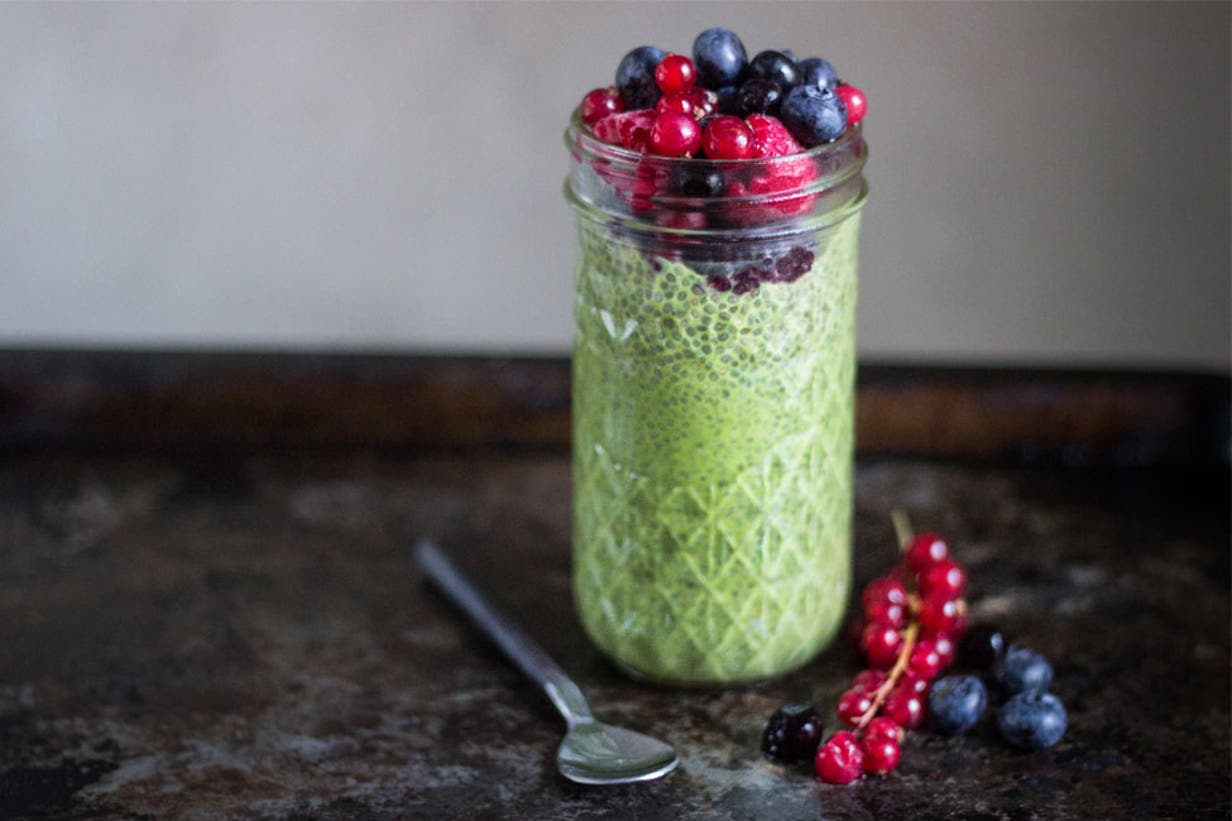
Not just another hipster trend – matcha is the new energizing superfood on the block. Whereas a cup of green tea extracts only some of the nutritional benefits available, matcha is made from the entire tea leaves that have been ground into a fine green powder, therefore containing all the powerful minerals, antioxidants and amino acids found inside the leaf itself. Unlike coffee, the caffeine in matcha is absorbed very slowly, giving you a sustained energy boost rather than just an energy spike. It’s the combination of caffeine and l-theanine – a rare amino acid – that results in matchas miracle effects such as an increase in concentration and attention. Matcha tea not your thing? Why not try one of our sweet matcha recipes instead? How does matcha, berry granola or matcha chia seed pudding sound to you?
Shirataki noodles
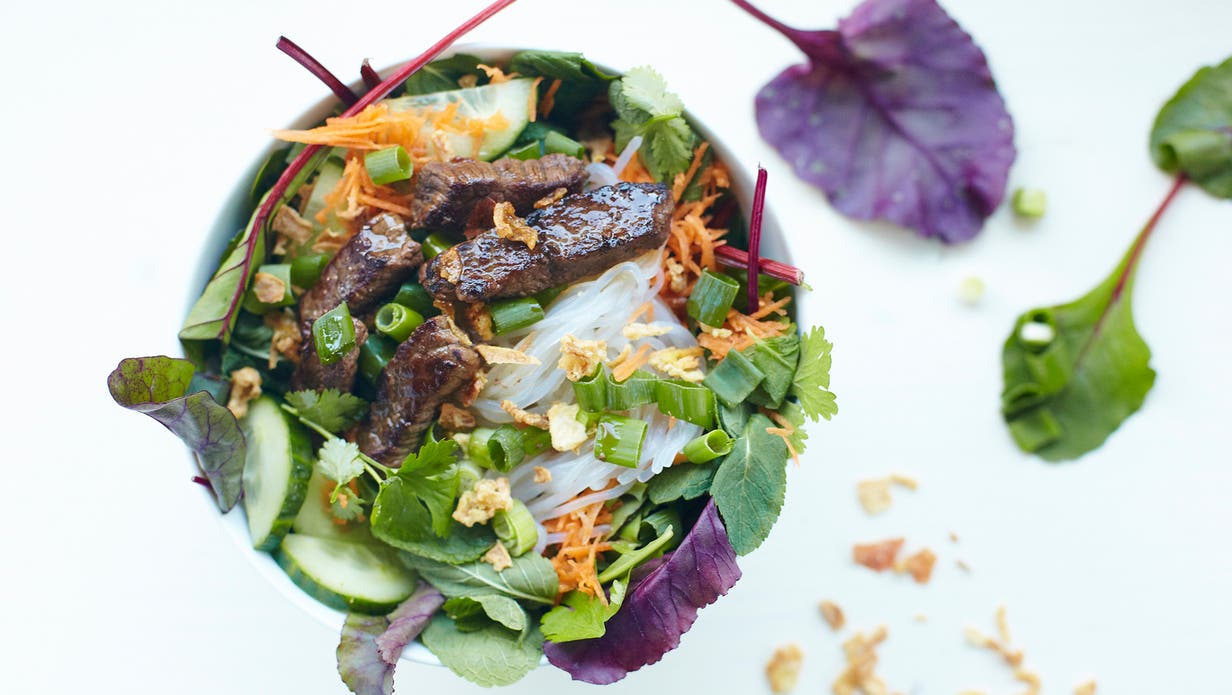
If you love Asian food for lunch but hate the feeling of fatigue afterwards, then it’s time you tried Shirataki noodles. Made from glucomannan, a fiber that comes from the root of the konjac plant that grows in Japan, this low-carb noodle alternative is 97% made up of water. This means you can enjoy your favorite noodle dish, without the need to go for a lunch time nap.
Kale

Ask any nutritionist and they will tell you – kale is the veggie king! It’s one of the richest nutrient sources on earth, jam-packed with the essential vitamins and minerals that your brain depends on. Interesting for you: kale is a source of plant-based iron, a nutrient required – especially vegetarians and vegans – to carry oxygen to our tissues and cells. Low levels of iron in the body can lead to exhaustion and feeling of tiredness. Our tip: to increase non-heme iron absorption from kale, eat it with a source of vitamin C, like lemon juice for example. Our kale and lemon pesto recipe is a delicious way to combine the two, or alternatively, why not wake up to an energizing kale and apple smoothie to kick-start your day.